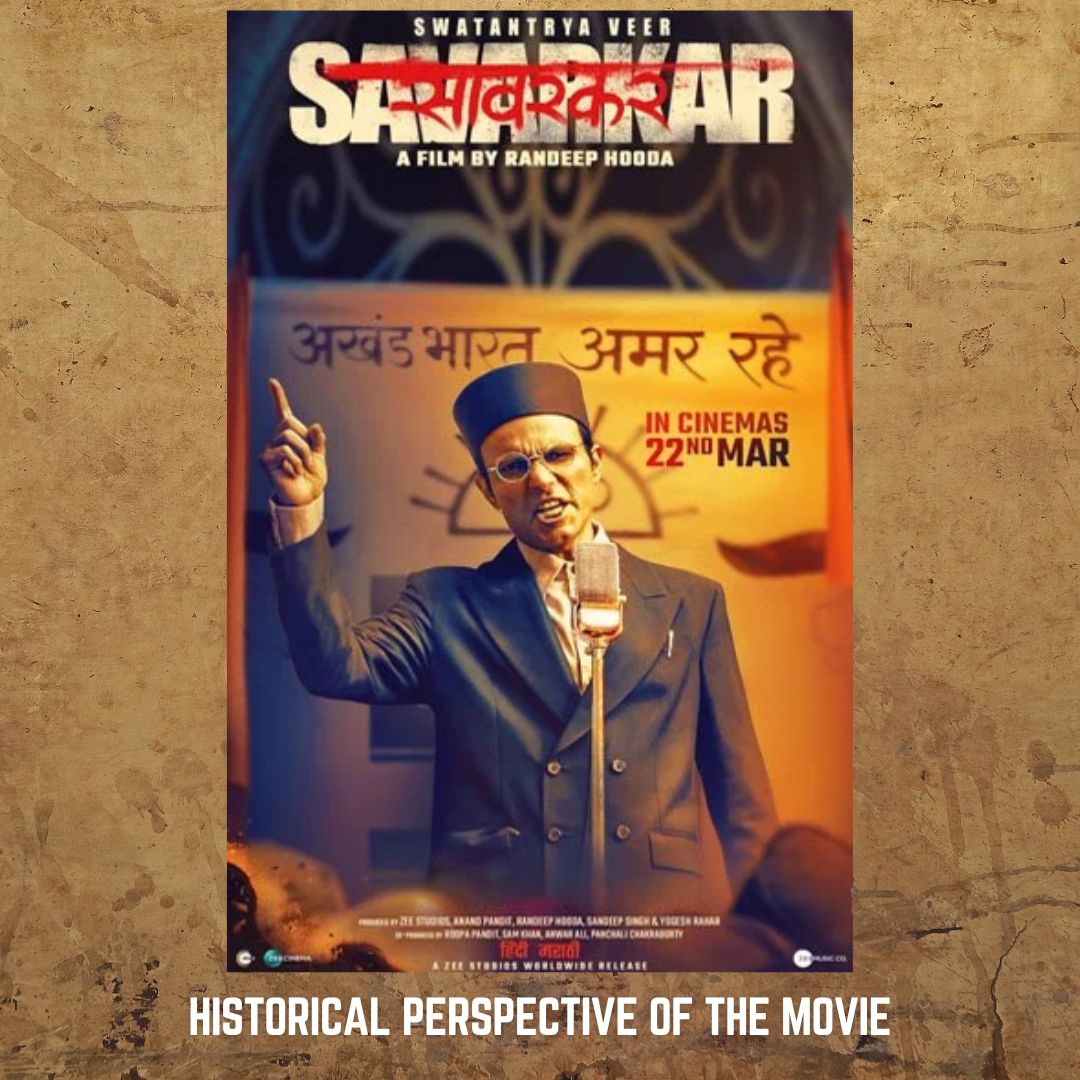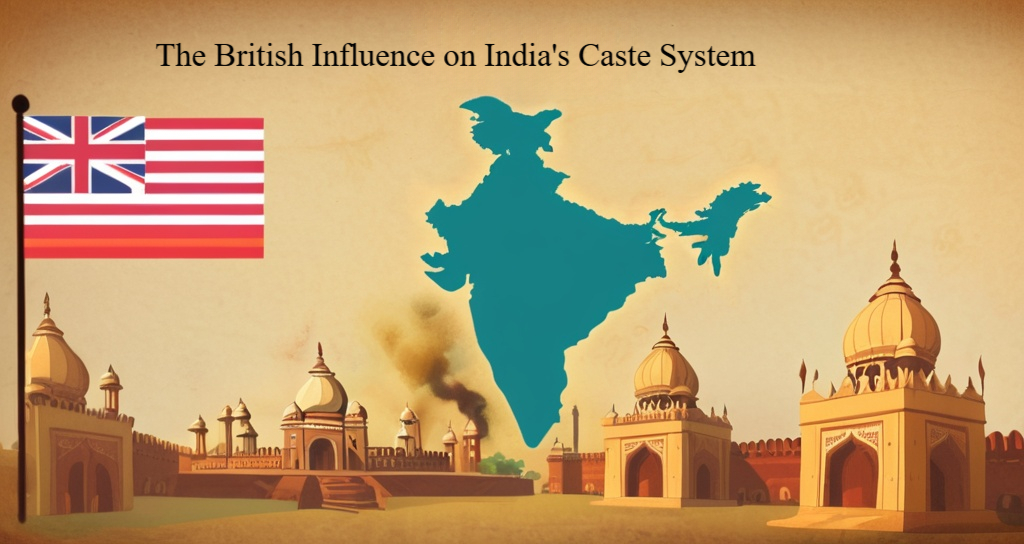The movie Swatantrya Veer Savarkar (released in March 2024) covers a vast period from 1857- 1950. Hence a brief historical background will help in grasping the movie better.
The film opens with the end of the 1857 revolt against the empire which is crushed ruthlessly by the British resulting in the disarmament of Indians. A suppressed people were treated brutally during the plague epidemic of Maharashtra in 1897; the dead were cremated en masse and the sick and dying were dragged out of their houses and treated very badly during the work of quarantining.
This leads to the killing of plague commissioner Mr. Rand by the three Chapekar brothers –Damodar, Balkrishna and Vasudeo Chapekar – famed for their bravery during their time but wiped out from intellectual discourse by our hired historians. The hanging of the Chapekar brothers (aged 29, 26 and a mere 19 in that sequence) leaves a deep impact on young Vinayak Savarkar: barely 16, he vows before goddess Durga to drive out the British by force in an armed revolt like Chhatrapati Shivaji to carry on the mission of Chapekar brothers.

The first half of the movie captures the organising skills and intellectual brilliance of Savarkar which can be outlined thus: formation of his revolutionary organisation Mitra Mela ( in 1900), renamed later as Abhinav Bharat ( in 1904); the first national bonfire of foreign clothes by Vinayak at Poona in presence of Lokmanya Tilak; the revolutionary writings of Savarkar –his book 1857 war of Independence describing the revolt of 1857 not as a revolt but as the first war of Independence, his letters written to Sikh soldiers in British army calling upon a revolt against empire and his letter to Indian princes to unite against the empire; a biographical work (by Savarkar) on the revolutionary and nationalist, Giuseppe Mazzini, the founder of Italy for propounding an idea of united and independent India with the vision of Akhand Bharat; writings preaching the idea of an open war against the empire with the intent of repeating the 1857 war of independence.
All these activities are a matter of grave concern for the British Empire. Savarkar qualifies as a Barrister in England but is simultaneously engaged in acts like the smuggling of guns and bomb manuals to India by establishing contacts with revolutionary societies across Europe. The marginalised but highly important characters from the revolutionary movement of India’s freedom struggle – Shyamji Krishna Verma, Madam Cama, Madan Lal Dhingra, Bhai Parmanand, Lala Hardayal, V. V. S Aiyyar, Pandurang Bapat- and several others are shown in the movie.
The revolutionary network laid by Savarkar is a crucial and certainly one of pioneering effort in bringing the technology of bomb-making to India. This leads to the bombing in Muzzafurpur by revolutionary Khudiram Bose and also his hanging at the tender age of 18. Vinayak Damodar Savarkar’s elder brother Ganesh Damodar Savarkar (also a member of Abhinav Bharat) is deported to Andaman Cellular Jail (he too endures 12 years of horror there). Angered by all this, the associates of Savarkar assassinate British officials – Madan Lal Dhingra kills Sir Curzon Wyllie in London and young Anant Kanhere kills Arthur Jackson in Maharashtra. A 26-year-old Dhingra and an 18-year-old Kanhere are hanged and thus embrace martyrdom!
Those who shook the empire with their bravery stand forgotten and ‘eminent’ historians(the true propagandists) have reduced them to footnotes of history and credited the Congress for fetching us independence –the very Congress which always condemned and denounced the revolutionaries by claiming to stand for non-violence.
Interestingly till 1930, total independence was never the goal of the Indian National Congress. As opposed to that the goal of absolute independence was first given by Savarkar as seen in the solemn oath taken by all the members of Abhinav Bharat in 1904, 25 years before Congress proclaimed independence as its goal. The reading of the oath taken by Abhinav Bharat revolutionaries in the movie gives goosebumps to the viewers.
Perceiving Savarkar to be a danger to empire, the British get him arrested. While being brought to India, Savarkar jumps from the porthole of the steamer, and swims across the sea, off the coast of Marseilles in France. It is one of the epoch-making events of Indian history. Savarkar was the first prisoner to be sentenced to 50 years of rigorous imprisonment in Andaman – two consecutive life imprisonments of 25 years each.
You may also like to read about the review of the movie Savarkar
As opposed to all this, the Indian National Congress was established in 1885 by an Englishman A.O. Hume to act as an intermediate between educated Indians and the British Empire. It was a ‘safety valve’ devised by the British to serve merely as a platform from where Indians could give vent to their grievances by petitions which the empire heard ( or pretended to hear) to prevent a violent outbreak identical to the 1857 revolt.
And here was Savarkar indulging in acts which were foiling this very intent with which the Congress was formed. He was doing his best to ignite a war against the empire by calling for a repeat of the 1857 episode described by him as a war of independence! What wonder then that the British had him arrested on charges of “waging war against the emperor” and deported him from mainland India to Andaman Cellular Jail!
Savarkar suffered 14 years of imprisonment of which more than 10 years were spent in the Cellular Jail of Andaman. This was followed by 13 years of almost house arrest during which he was forbidden from entering politics. A total of 27 years of isolation from 1910- 1937 was endured by Savarkar.
During his long absence from mainstream politics, the project of Hindu-Muslim unity started by Gandhi in 1920 backfired with a negative effect on Hindus and also India, despite his good intentions. The mobilisation of the Muslim community by their religious and political leaders during the Khilafat movement of 1920 was a major turning point; the community was misguided to cultivate an allegiance for the Caliph of Turkey as its religious head with an aim of establishing Islamic rule over India.
A conspiracy was also hatched to seek aid from Afghanistan with this end in mind. Forced conversions, ethnic cleansing and genocide of Hindus were orchestrated to change the demography of the country. Dr Ambedkar’s trenchant criticism of Gandhi’s silence over the Islamic radicalisation sweeping across the country has been shown in the movie quite correctly. The project of so-called Hindu Muslim Unity started by the Mahatma succeeded only in fanning the fire of bigotry in the name of Islam.
Randeep Hooda as director and writer has shown restraint by showing only the criticism of Dr. Ambedkar. The reality is much harsher. Rabindranath Tagore, Dr. Annie Besant, Lala Lajpatrai, Aurobindo Ghosh and Bhagat Singh have all expressed their displeasure towards the mobilisation of Muslims which was posing a threat to the very security of India. All this was happening at a time when Savarkar was in prison and yet the intellectual discourse has falsely blamed him in service of those bent on gaining electoral benefits in the name of ‘secularism’
To undo this damage, a re-reading of Hindutva is needed with a historical perspective. Randeep Hooda’s movie Swatantrya Veer Savarkar is a pioneering step in this direction. Every Indian concerned about the well-being of India as a nation, nay a civilization of several millennia needs to see the movie and get a fresh insight into history.
About Author – Manoj Shankar Naik
Manoj Shankar Naik is in the coaching profession teaching Mathematics for school and junior college as well as competitive entrance exams for admission to engineering courses. Apart from his profession, he has a deep interest in the history of the colonial era and is fairly well-versed in the writings of most national leaders.
Published works:
- Savarkar in the light of Vivekananda: 4th enlarged edition published in 2024 by Vivekananda Kendra, Chennai
- Reviewing Hindutva: Historical perspective in the light of Vivekananda, Vivekananda Kendra, Chennai
- Freedom Struggle: Untold Aspects, Karnala Charitable Trust, Pune
- Regular contributor to Yuva Bharata, a monthly brought out by Vivekananda Kendra
- A series of articles contributed in past to Bal Vihar, an international monthly published by Chinmaya Mission.
Don’t forget to check the review of this movie here by the same author.
We would like to know your perspective as well. Please comment below to give your feedback and views.
If you want to be part of our journey or would like to share your views you can also email us at saffronlegacy01@gmail.com




